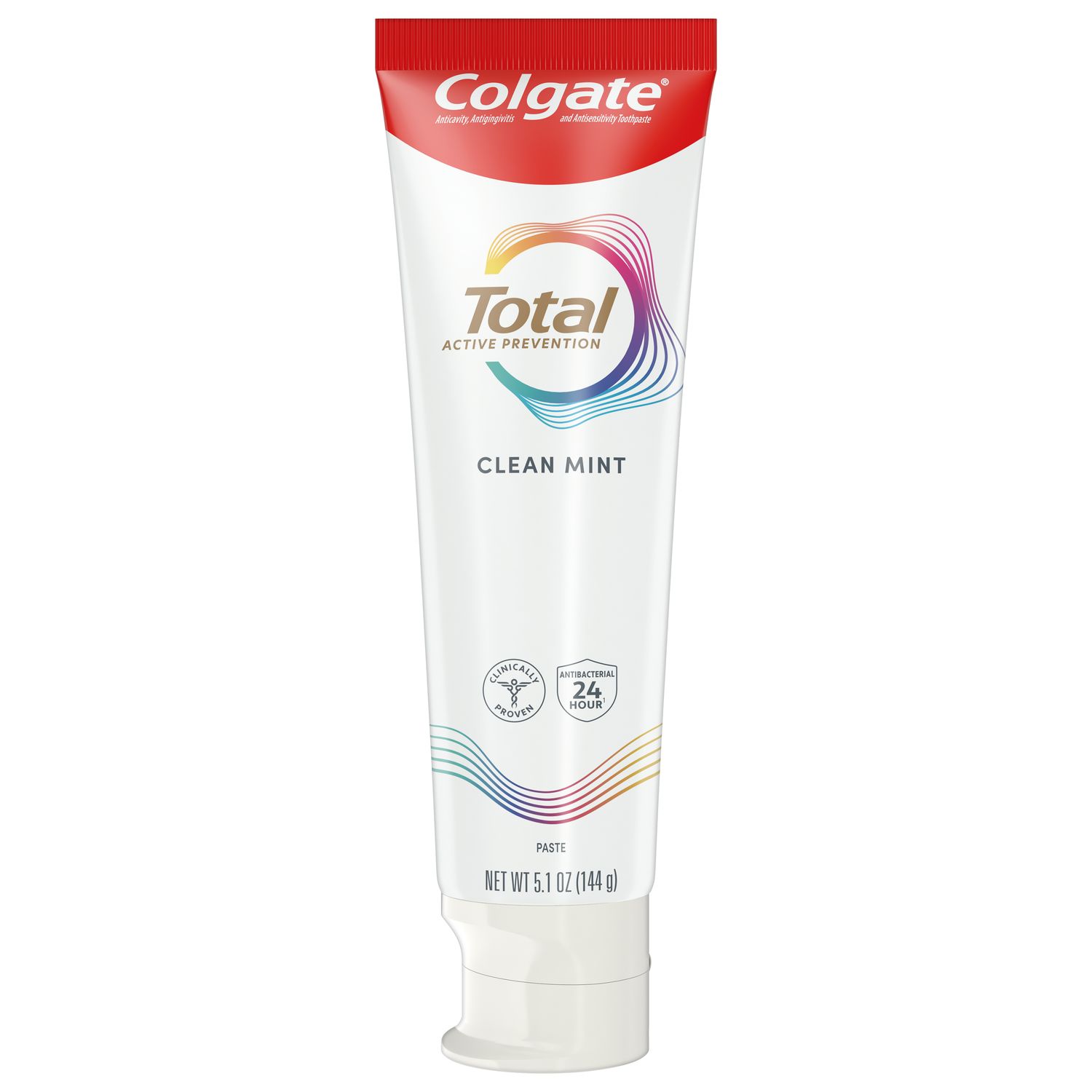
Since their first use in dentistry in 1960, lasers have become a valuable tool with a wide variety of applications in the dental operatory. As the use of lasers in dentistry continues to increase, we explore how dental students can expect to use this ever-expanding technology. Lasers 101 “Laser” is an acronym that stands for “light amplification by the stimulated emission of radiation.” The laser device produces light energy, concentrated into a very narrow beam that is directed at the oral tissue. Depending on the type of laser used, the tissue will then undergo a particular reaction. In dentistry, lasers are typically classified by the type of tissue they are intended to treat. Soft tissue lasers are used for procedures involving the gingiva and oral mucosa, while hard tissue lasers, strong enough to cut through hard dental tissues, are used on the teeth. Their use can make treatment more comfortable for the patient, and more cost- and time-efficient for the dentist. Here are just some of the many ways lasers are currently being applied… Applications of lasers in dentistry Tissue excision or remodeling Verma et al. explain that lasers can be used in various procedures relating to soft tissue excision or remodeling:
Traditionally, such procedures are associated with pain and bleeding, and some may require sutures, surgical packing and wound care. However, lasers create less trauma to the tissues, seal the blood vessels, and promote blood clotting, keeping pain and bleeding to a minimum. Post-operative pain management Lasers can support pain management after a dental procedure, too. As well as reducing tissue trauma, laser application decreases the firing frequency of pain receptors, which translates to fewer and weaker pain signal transmissions. One study found that a single application of a laser was effective for relieving pain after 100% of root canal treatments and extractions. Disinfection Verma et al. describe the photo-activated dye technique (PAD), in which low-power laser energy is used to activate oxygen-releasing dyes that kill certain pathogenic microorganisms. They note that the PAD technique has been shown to be effective for killing bacteria in complex biofilms associated with periodontal disease, which have typically proven resistant to chemical antibacterial agents. Writing for RDH Magazine, Joy Raskie, RDH, explains that lasers are more effective than traditional means because they can target hard-to-reach bacteria deep in the gingival sulcus. She cites one study in which a diode laser delivered a 100% reduction in bacteria and a 96.9% reduction in bleeding on probing over six months, compared to a 58.4% and 66.7% reduction respectively from hydrogen peroxide. Other related applications include disinfection of root canals, deep caries lesions and peri-implantitis lesions. Restorations Because hard tissue lasers can cut through the enamel and dentin with ease and precision, they can be used to remove caries and prepare the tooth for restoration. Certain lasers can also initiate light-curing of the restorative material, and others can be used to re-shape or remove restorations already in place. Caries prevention In recent years, laser irradiation has been used in the prevention of dental caries. In a review published in Dentistry and Oral Medicine, researchers found that lasers were effective in reducing dental caries, although only when used alongside traditional interventions. They also discussed evidence showing that argon lasers significantly improved fluoride uptake in the enamel surfaces, and that laser irradiation could improve the retention of sealant fillers on acid-etched enamel fissures. Another review supports the use of lasers as an adjunct to traditional methods like topical fluorides, although both point out that more research is needed to form evidence-based recommendations. Dentin hypersensitivity Dentin hypersensitivity is believed to be caused by fluid movement in open tubules on the dentin surface, which lead to the nerves of the pulpal chamber. Lasers have been successfully used to seal the dentin tubules and prevent stimulation of pulpal nerve fibers, the same mechanism by which occlusive agents found in sensitivity toothpastes work. Further, the desensitizing effect of laser treatment is shown to last longer than that of some traditional treatment methods. Whitening Perhaps one of the best-known applications of lasers in dentistry is tooth whitening. Laser whitening typically works by first applying a gel to the teeth, and then heating it with a laser to activate the bleaching agents within. In cases that have been unresponsive to conventional whitening treatments, Verma et al. note that argon and potassium titanyl phosphate lasers have achieved positive results. Soft tissue healing According to Verma et al., low-power laser application stimulates the healing of wounds and may promote the regeneration of dentinal tissue following pulpotomy. They also note that lasers have been used to support the healing of mucosal lesions and oropharyngeal ulcerations in those undergoing radiotherapy for head and neck cancers. For those with recurrent herpetic lesions, they note that laser photostimulation can arrest lesions before the formation of vesicles, relieve pain, accelerate healing, and reduce the frequency of reoccurrence. Nerve repair and regeneration Low-level laser therapy has been shown to reduce inflammation arising from nerve injury and promote the repair of the nerve. Verma et al. note that this application has been shown to promote the regeneration of dental nerve tissue damaged during surgical procedures. Malignancies Photodynamic therapy uses lasers to treat malignancies in the oral cavity and is particularly effective for squamous cell carcinomas. It generates reactive oxygen species that target the malignant cells and their supporting vasculature, killing the cells and triggering an anti-tumor immune response. Verma et al. cite clinical studies showing success rates of approximately 90%. These are just a few examples of the many ways in which lasers are already being used successfully in the dental environment. As this technology continues to advance, we anticipate many more exciting innovations in this field, and we encourage all dental students to incorporate laser dentistry into their clinical skillset. |
Join us
Get resources, products and helpful information to give your patients a healthier future.
Join us
Get resources, products and helpful information to give your patients a healthier future.













